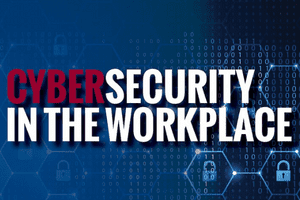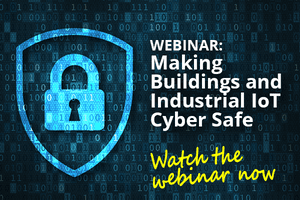Making the Business Case for IoT Security
If you’re an engineer working on products made for the Internet of Things (IoT), you understand the importance of device security, authentication, and data protection. You also know many P&L-fixated executives don’t see an i
Costs of Adding Security to IoT Devices
Let’s begin with the cost side of the equation. Costs of building security into your products generally fall into three categories:
- People — Integrating and testing security protocols may require additional staff. Depending on the size and complexity of your project, your personnel needs could range from a fraction of one design engineer’s time to several full-time security software engineers. In our market observations, we’ve found that the requirements are often at the lower end of that range.
- Time — The additional programming and testing will extend the product development timeline. If adequate security is part of the original product specification, the extra development time will be minimized.
- Materials (including software) — You will incur licensing fees for security software. In addition, you may have to purchase more expensive microcontrollers to implement the appropriate cryptography.
Working with SecureRF’s solutions can reduce your security software costs and cut development time.
The Benefits of IoT Security
Besides, businesses already invest large amounts in IoT products. A January 2017 report by Gartner estimates that in 2017 businesses will spend about $964 million on IoT endpoints, while consumers will spend $726 million. Based on the total number of IoT units installed, the average spend per unit will be $307.32 for businesses and $138.38 for consumers. The incremental cost of adding security software would be a smaller fraction of the average unit cost for businesses, potentially making it more acceptable to them.
What are your costs of staff, time, and materials? Can you describe your products’ vulnerabilities to a cyberattack and predict the losses that would result from a successful attack? These considerations go into your business case, and the more detail you provide, the more convincing your case will be.
SecureRF would be happy to help you estimate your security development costs and benefits. Contact us today.




